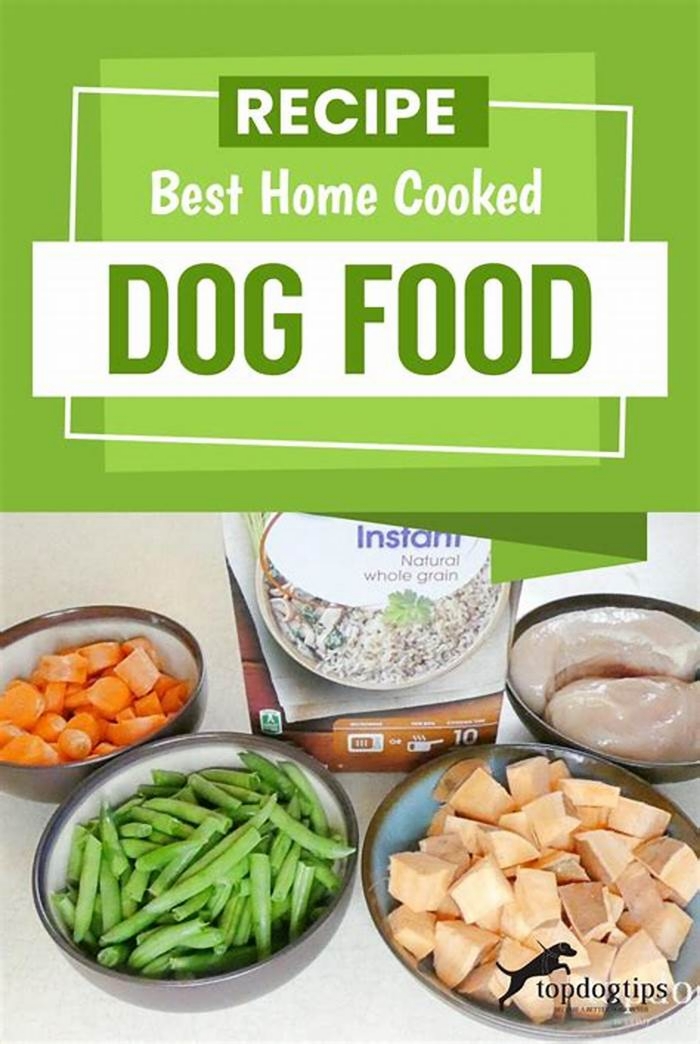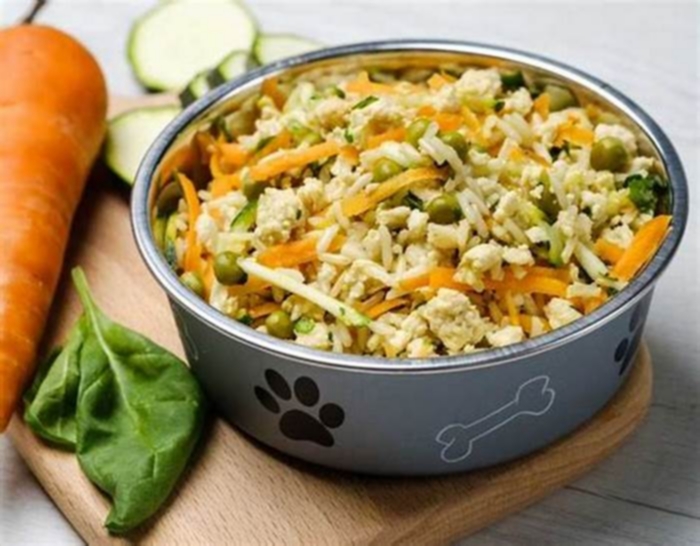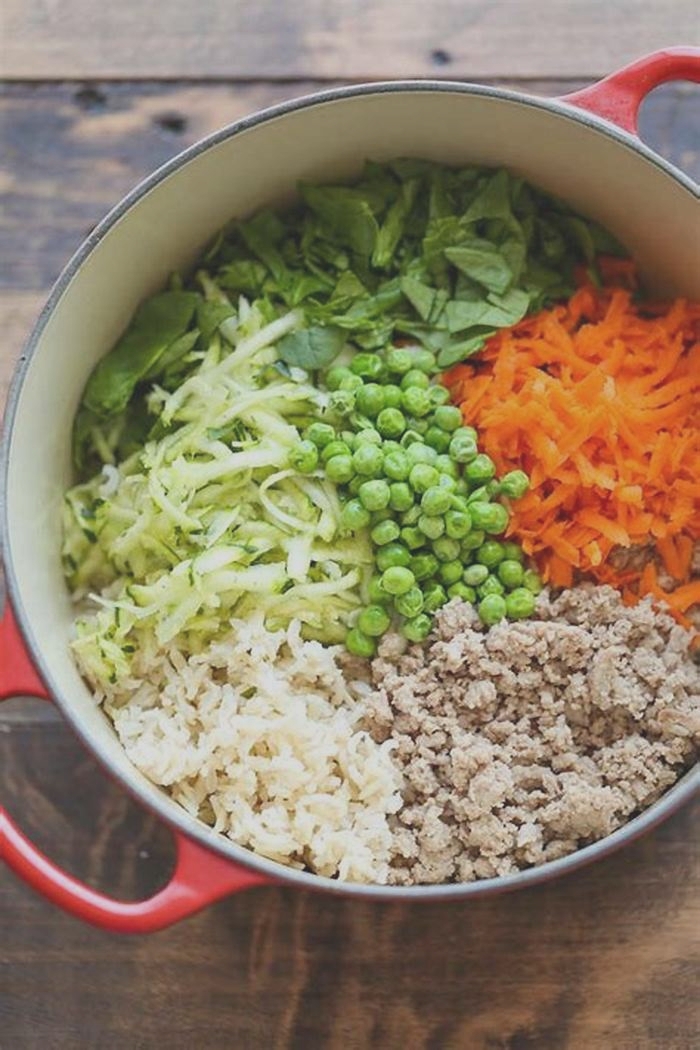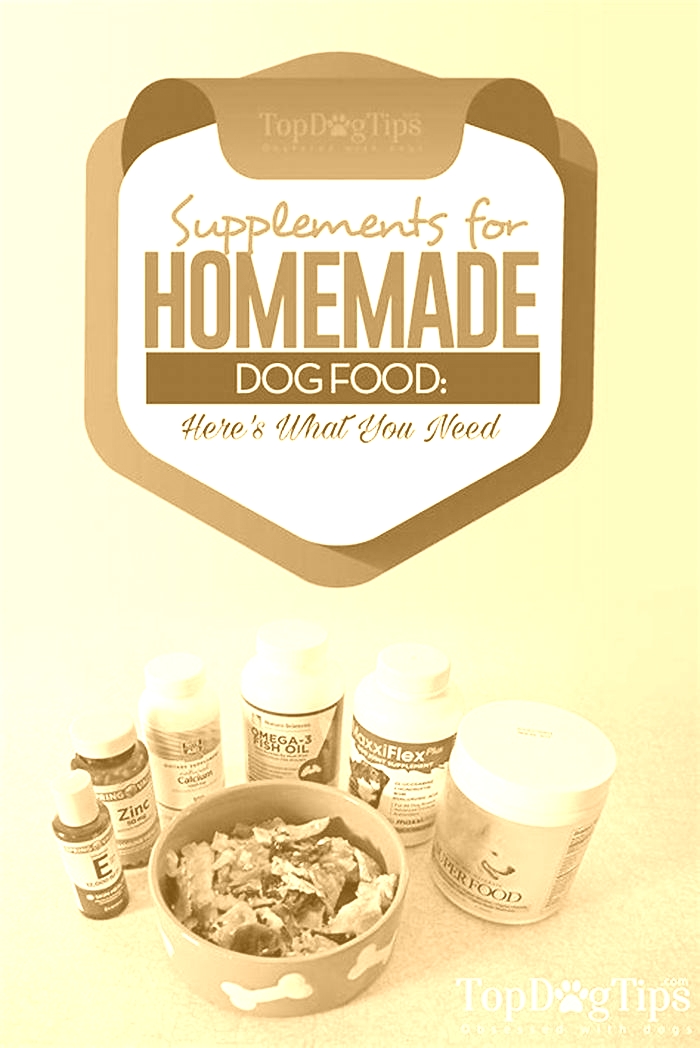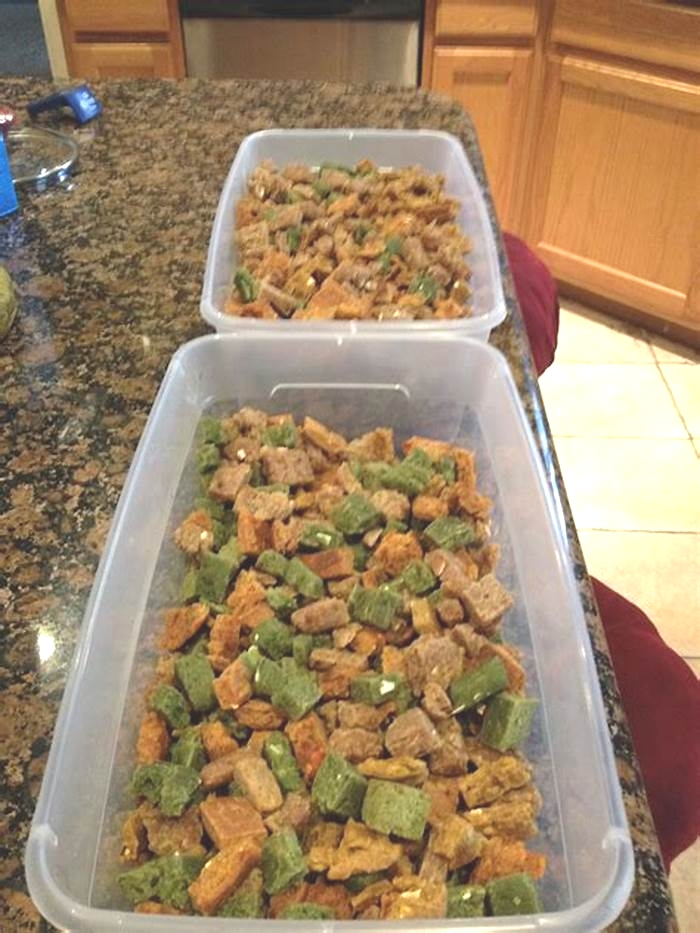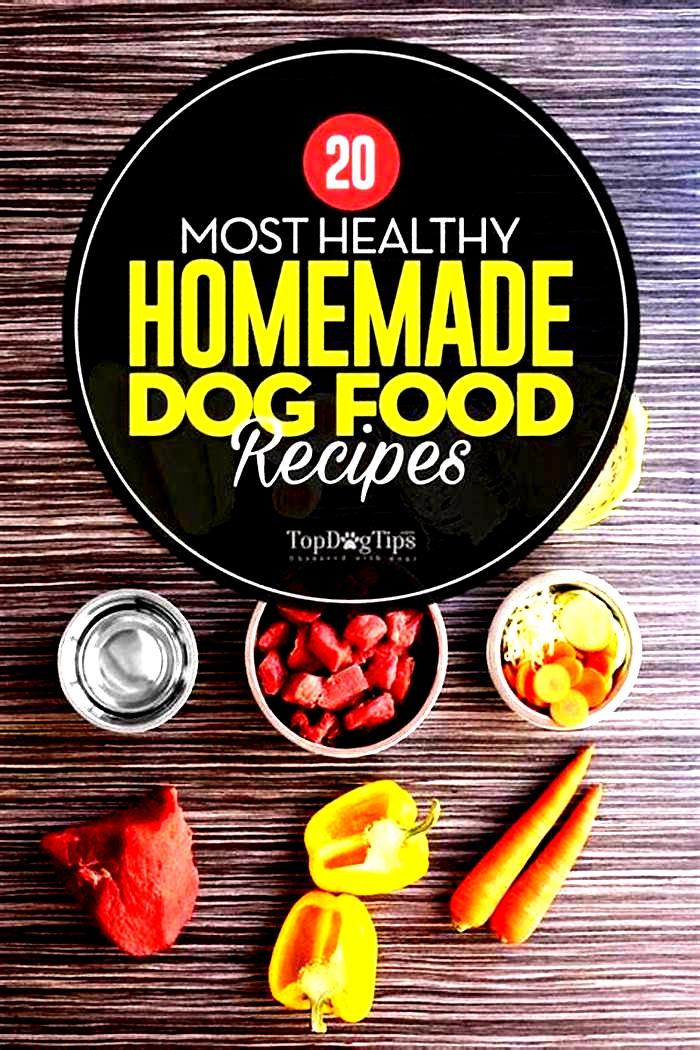dog home cooked diet supplement
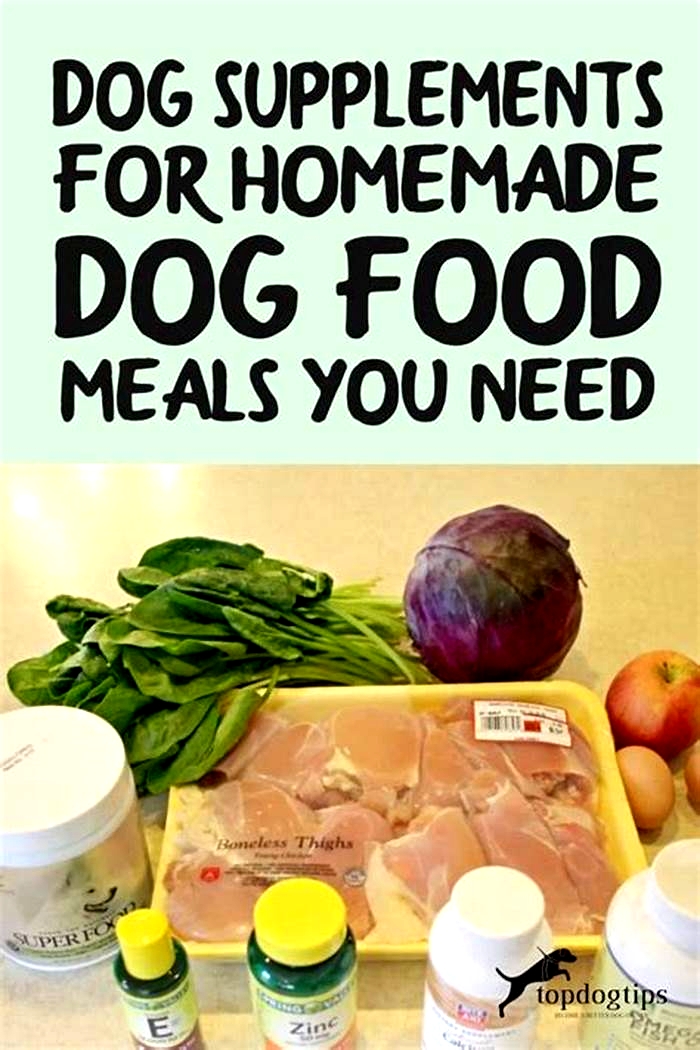
Safe & wholesome nutrition, in your hands
Safe & wholesome nutrition, in your hands
From recipe development to at-home preparation, were providing you with the trusted resources you need to create quality, balanced meals for your dog or cat.
Build a balanced recipe
A powerful recipe generator for veterinarians and dog & cat lovers to find the perfect proportions of meat, veggies and more tailored to your companions needs.
Essential for a reason
Our supplements ensure your companion gets all the vitamins, minerals and amino acids they need. Just mix with fresh food and wait for tail wags.
Trusted by vets
Our recipes and supplements are trusted by thousands of veterinarians including at prestigious practices & universities
Blue Pearl Veterinary Hospitals
Colorado State University
Ethos Veterinary Hospitals
Friendship Hospital for Animals
Heart of TX Vet Specialty Center
North Carolina State University
Red Bank Veterinary Hospital
Royal Veterinary College, UK
So Paulo State University, BR
University of Ljubljana, SI
University of Montreal, CA
University of Pennsylvania
University of Perugia, IT
University of Saskatchewan, CA
Vet Nutrition Specialty Services
Blue Pearl Veterinary Hospitals
Blue Pearl Veterinary Hospitals
Colorado State University
Ethos Veterinary Hospitals
Friendship Hospital for Animals
Heart of TX Vet Specialty Center
North Carolina State University
Red Bank Veterinary Hospital
Royal Veterinary College, UK
So Paulo State University, BR
University of Ljubljana, SI
University of Montreal, CA
University of Pennsylvania
University of Perugia, IT
University of Saskatchewan, CA
Vet Nutrition Specialty Services
Blue Pearl Veterinary Hospitals
Blue Pearl Veterinary Hospitals
Colorado State University
Ethos Veterinary Hospitals
Friendship Hospital for Animals
Heart of TX Vet Specialty Center
North Carolina State University
Red Bank Veterinary Hospital
Royal Veterinary College, UK
So Paulo State University, BR
University of Ljubljana, SI
University of Montreal, CA
University of Pennsylvania
University of Perugia, IT
University of Saskatchewan, CA
Vet Nutrition Specialty Services
Why Balance It?
For two decades, weve provided proven solutions for feeding dogs and cats fresh food.

Why Balance It?
For two decades, weve provided proven solutions for feeding dogs and cats fresh food.
- Founded and continually supported by an expert board-certified veterinary nutritionist and elected past Chair of the American College of Veterinary Nutrition & AVMA Veterinary Specialty Organizations Committee
- State of the art Recipe Builder with trillions of possible free recipes available
- FDA & AAFCO Compliant
- Third-party audited to federal/FDA Human Dietary Supplement standards
- Every guaranteed nutrient is lab assayed to be within specification prior to release
- Safe for your dog/cat and the planet, no animal origin ingredients + powered by 100% renewable energy + minimal packaging
- Family-owned, benefit corporation & made with love in California
- Dedicated support team of licensed veterinary nurses and seasoned customer care team members available to assist with questions
- Trusted by tens of thousands of veterinary professionals worldwide
- Verified & fully transparent reviews from real customers that have used recipes with Balance It supplements
- 45-day money back return policy & no commitment/subscription required
Have questions?
Were here to help!
We use cookies on our website to ensure you get the best experience. Read more about our cookies here.
Homemade Dog Food Recipes: Choosing Balanced Ingredients
Are you considering switching your dog to a homemade diet? A good place to begin is by discussing it with your veterinarian and/or a veterinary nutritionist. You may think that sounds unnecessary when there are so many recipes for homecooked dog meals available on the internet. However, the experts say that many of those recipes were not reviewed by veterinary nutritionists to make sure they provide a nutritional, well-balanced diet for your dog. This is why some owners prefer to feed pre-made fresh food.
The American College of Veterinary Nutrition (ACVN) warns that your dogs unique nutritional requirements will depend on the age, size, health, and breed. Also, there are dogs for whom a homemade diet may not be appropriate or might even be damaging. We generally dont recommend homemade diets for a dog less than one-year-old. If young dogs dont receive the appropriate amount of calcium and phosphorus, significant bone abnormalities may result, says Dr. Jerry Klein, AKC chief veterinarian. Pregnant and lactating dogs also have unique dietary requirements that may not be addressed by a recipe found on the internet.


The ABCs of a Balanced Dog Food Diet
Understanding the basics of what makes a homecooked diet balanced for your dog will help when you discuss the options with an expert. Here are important ingredients for the canine diet.
Protein: According to the ACVN, dogs must have protein in their diets that contain 10 specific essential amino acids their bodies cant produce. This is necessary for the creation of glucose, which transforms into energy. Sources of protein include chicken and turkey, after removing bones, fat, and skin; beef and lamb; pork in limited amounts; salmon and some other fish such as whitefish, herring, walleye, flounder, and Arctic char.
Fats and fatty acids: The most concentrated sources of fats in a dogs diet come from animal fats and plant seed oils. A healthy diet supplies the fatty acids the dogs body doesnt manufacture. Fatty acids support the function and structure of cells, keep skin and coat healthy, and enhance the taste of the food. Sources of fatty acids include plant-based oils, including corn, soybean, canola, and flaxseed oil, as well as fish oil.
Carbohydrates: Dogs get some of their energy from carbohydrates, which include sugars, starches, and dietary fibers. Sources includerice, pasta, oatmeal, and quinoa.
Fiber: Dogs need fiber in their diet to keep their gastrointestinal (GI) system functioning and to help them from becoming overweight. Good sources of fiber for dogs include carrots, pumpkin, apples, dark leafy greens, brown rice, and flaxseed.
Vitamins: Vitamins are required for growth and maintenance. Vitamin deficiencies can cause a variety of health problems; however, they can also be dangerous in large quantities.
Vitamins dogs require include A (carrots, pumpkin), B vitamins (liver, green vegetables, whole grains), C (fruits and vegetables, organ meat), D (liver, fish, beef), E (leafy green vegetables, liver, bran, plant oils), K (fish, leafy green vegetables, fish), and choline (liver, fish, meats, egg yolks).
Minerals: There are 12 essential minerals for dogs:
- Calcium (tofu, green beans, broccoli, and cauliflower) and phosphorus (meat, eggs) for strong bones and teeth.
- Magnesium, potassium, sodium, and chloride (fruits, vegetables, whole grains) for nerve impulse transmission, muscle contraction, and cell signaling.
- Sulfur (meat, fish, molasses) for healthy skin, coat, and nails.
- Iron (red meats, poultry) for supporting red blood cells and the immune system.
- Iodine (dairy, kelp, seafood) for a healthy thyroid.
- Zinc (eggs, lamb, liver, brewers yeast) for the immune system, healthy skin, and coat.
- Selenium (meat, vegetables, seafood, brown rice) to boost the immune system.
- Copper (whole grains, seeds, and seafood) for healthy bone growth.
Water: We sometimes overlook this important ingredient of a healthy dogs diet, but there really is no dog food that contains enough water for your dog. Keep clean, fresh water out always.

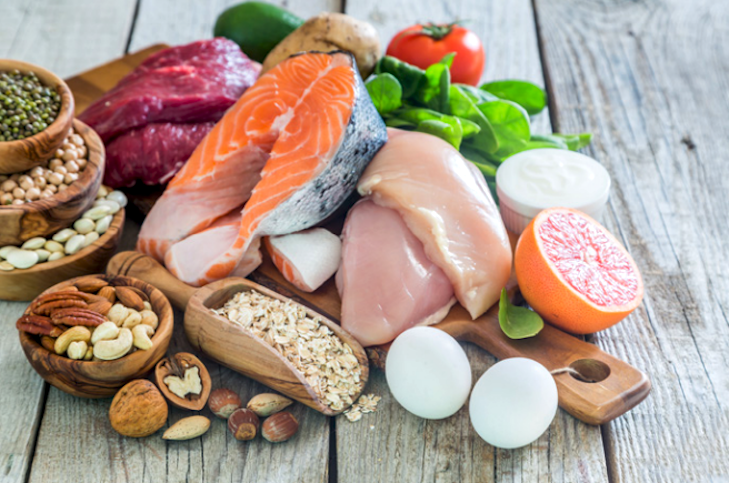
Making the Transition
Consult a veterinarian: If youve decided to transition your dog to a homemade diet, your first step should be to consult a veterinarian or veterinary nutritionist. Those experts will consider your dogs age, size, and health history and help you identify a high-quality recipe that is tailored to meet your dogs specific nutritional needs.
Buying ingredients: When you buy ingredients for your dogs homemade meals, you need to pay as much attention to the source, expiration dates, and labels as you do when you buy food for yourself.
Making the switch gradually: Whenever you change your dogs food, whether to a homemade diet or a new commercial food, a gradual switch is best to avoid upsetting your dogs GI system. For at least five-to-seven days, gradually mix in more and more of the new food with the old food, as you allow your dog to adjust to the change.
Follow the recipe: Be sure to follow the recipe. Tufts Cummings Veterinary Medical Center Clinical Nutrition Service published a study to determine how well owners adhered to homecooked diet recipes a median of one year later. Only 13 percent were still feeding the original nutritionally balanced diet recipe.
Clear instructions: Instructions about preparation and quantities are important. The way you cook the ingredients for example, steam, roast, or boil can impact the nutrition of the diet. Substituting or adding ingredients can also cause nutritional deficiencies. A study reported in the Journal of the American Veterinary Medical Association reported that a lack of clear instructions in many recipes forces pet owners to make assumptions that can result in food that is nutritionally inadequate and can even be harmful if fed to your dog on a long-term basis.
Follow-up:Once youve made the transition, pay attention to any digestive changes your dog may have. If his stool softens, he vomits, or has diarrhea, check in with the veterinarian. Whenever you change your dogs diet, you also need to monitor his weight. It may take a while to determine the correct portions for his size, age, and energy level.
Resources for the Chef
- Your best resource and first stop is your dogs veterinarian, who knows your dog and has a thorough understanding of his health history and current condition.
- A good resource to help find a veterinary nutritionist for a homemade diet consultation is the Diplomate directory at www.acvn.org. If there isnt a nutritionist in your area, you can consult with one remotely.
- An alternative option is to use the online consulting service called BalanceIT, a site operated by a veterinary nutritionist to formulate a basic, nutritionally balanced recipe.
- Another site that provides answers to your questions is: Ask the Nutritionist
- ChefPaw is the latest way to provide your pup with nutritious and delicious meals, giving you a more efficient way to prepare homemade dog food. VisitChefPaw.comto learn more
ChefPaw by Innovet Pet Products is helping you take full control of your dogs diet with the first countertop Dog Food Maker of its kind. Striving to save you time and money while maximizing your dogs nutrition, ChefPaw can make fresh, homemade food for your dog in 40 minutes. At ChefPaw, your pets happiness and well-being take center stage.
The Beginners Guide to Home Cooked Food for Your Dog
With more dog parents concerned about transparency, quality and a healthy lifestyle for their dog, homemade cooking is on the rise.
By purchasing and combining the ingredients yourself, you know exactly what is going into the meal. Also, if your pet has specific protein intolerances, requires a special diet for a disease or condition or needs a low-fat diet, you can control the meals to address the issues at hand.
Plus, pets should have variations in their meals, just like humans and preparing food for your pets can cost less than buying premium pet foods.
As a holistic veterinarian, author (including my most recent cookbook for dogs Yin & Yang Nutrition for Dogs) and speaker known for healing dogs with whole foods and minimizing medications and chemicals, feeding a homemade diet is something I strongly encourage for dog parents, as many have reported decreased shedding, increased energy and better weight control by using home prepared meals.
Related:How to Keep Your Dog Safe From the Everyday Toxins Lurking Around Your House
But before you jump into cooking, here are a few pieces of advice to consider. While the tips below are great to begin cooking homemade dog food, I recommend consulting with a professional to ensure the diet is balanced.
Determining the right amount to feed your dog
Knowing how much of a home-cooked meal to feed your dog can be difficult for those just starting on the pet food journey. The rule of thumb is about 2 to 3 percent of body weight for adult dogs and cats. That translates to about 16 ounces of food for a 50-pound dog, or 4 ounces of food for a 10-pound cat. These are just starting points; you will need to adjust up or down based on whether your pet is gaining or losing weight.
Get the right kind of meat
Fat content in the meat you choose will also play a factor the fattier the meat, the higher the calories per ounce of food. Chicken and pork are great, as they tend to be very lean, but if you want your base to be beef or another meat that can be fatty, stick with meats that are 90 percent lean or higher. Bacon, hot dogs, and other meats with nitrates should be avoided. It is best to make sure the meat whatever option you choose is organic, free of hormones and the animals are raised with care and compassion.
Understand the vegetable ratio
A general rule of thumb when choosing ingredients for dogs would be 40 percent meat, 30 percent vegetables and 30 percent grains. Some people choose not to feed grains to their dogs (including me), so meat and vegetable proportions would be closer to 60 percent meat (including about 10 percent for organs) and 40 percent vegetables. Of course, this is just a starting point. Some dogs will have different requirements.
For vegetables, aim for non-starchy types, like squash, green beans, broccoli and asparagus. Avoid potatoes (although sweet potatoes are okay occasionally) and starchy beans and legumes.
For grains, you need to be careful, as some dogs dont tolerate them well. Quinoa is generally well tolerated, as well as buckwheat or barley.
Use organ meat for health issues
Organ meat should be included in home prepared diets, as organs such as liver, heart, gizzards and even kidneys and pancreas, provide vitamins, minerals and enzymes that are not found in muscle meat.
Like feeds like, so pets with heart disease should be fed hearts, those with liver disease should be fed liver and so on. (The amount of liver fed should not exceed 5 percent of the meal.)
Green tripe, which is the stomach of ruminants (cows, sheep, goats, deer) is a super-food packed with probiotic and digestive enzymes (although it smells pretty awful).
Dog parents tend to do about 10 percent organ meat, but may need to be adjusted. Organ meats can be found at butcher shops or through online sources.
Related:The Best Dog Travel Bags to Carry All Their Supplies
Other ingredients to consider
Eggs are packed with good protein and healthy fats and fat-soluble vitamins A, D, E and K. They are also great as a calcium source. Dogs can be fed eggs daily, either raw or cooked. Sardines are an excellent source of omega 3 fatty acids, and generally canned sardines packed in water are easy to find and make a great addition to meals a few times a week.
Balance it out
Mistakes commonly made by pet owners wanting to prepare homemade meals include feeding the same recipe over and over with no variation and failing to balance the vitamin and mineral levels in the food. While not every meal must be complete and balanced, meals will need to achieve balance over time. Calcium will always be too low, as muscle meat is high in phosphorous and low in calcium. Pets fed low-calcium diets will develop osteoporosis. To avoid this look for calcium-rich foods, like ground eggshells or mineral mixes specifically made for home cooking. I recommend about 500 to 750 milligrams of calcium needed per pound of meat in the recipe.
Trace minerals are often overlooked but can easily be balanced by feeding kelp powder or mussels. Mussels are available in the frozen seafood section of most grocery stores or consider getting a supplement. Six to seven mussels per week will supply the required trace minerals.
Vitamin D needs to be supplied in the form of eggs or fish; otherwise a vitamin D3 supplement made specifically for home cooking should be added. Vitamin E can be supplied by feeding teaspoon wheat germ oil or one 100 IU vitamin E capsule per 30 pounds body weight per day.
You can also add omega 3 fatty acids in the form of fish oils. Fish oil goes rancid very easily, so make sure the oil you are using is odorless. It should also not be stored as a liquid in a plastic bottle. Liquid fish oil should be in a pump bottle that is not exposed to air. A good brand is Iceland Pure. I would recommend against flax oil. It is high in omega 6s, not omega 3s and dogs do not convert omega 6 to omega 3 very well.
For complete products to add to your dogs diet, Dr. Dobias Green Min and Soul Foodand Rx Vitamins Essentials for Dogs are great options.
Ease into it
When starting out, its best to make food as a topper, adding to your pets regular diet, gradually increasing the new diet while decreasing the processed food.
The addition of whole food diets will increase palatability and have incredible health benefits.
Related: The Ultimate Weight Loss Guide for Your Dog

